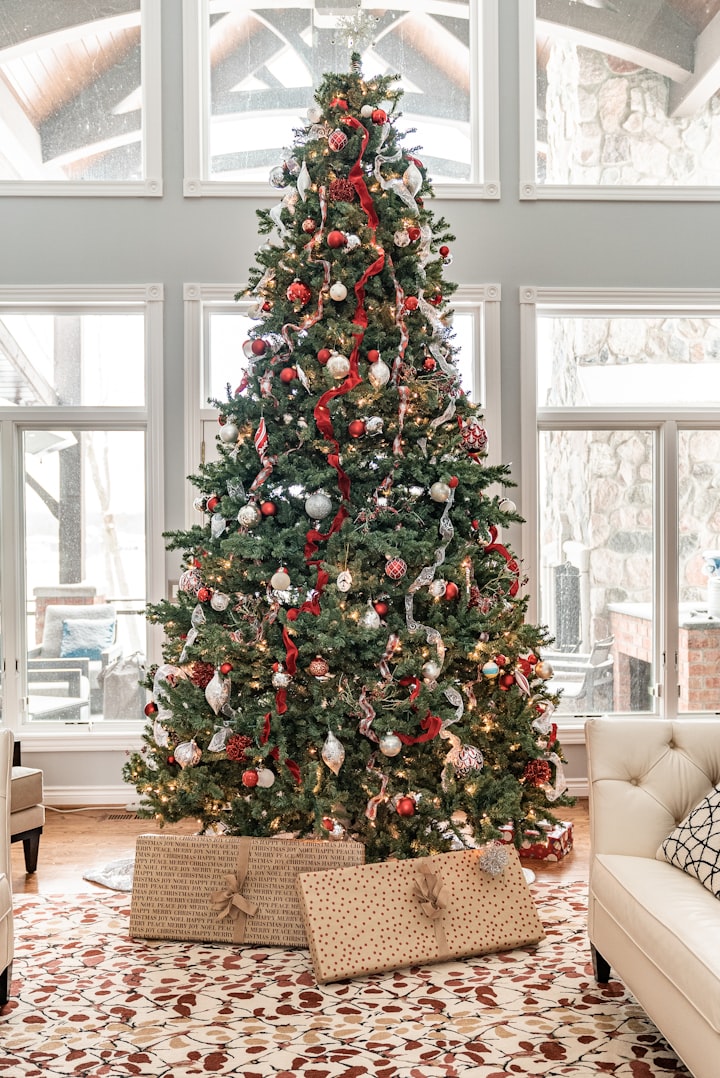The Complicated History of Santa Claus
A Brief Overview

The showstopper. The King of the holiday creatures. Ladies and gentlemen, I present, Santa Claus.
Whether you think of Santa as a giant gnome/elf or a representative of the holiday spirit, virtually no imaginary character is as prevalent in modern culture as Santa Claus.
Today, we are going to look into the origins of Santa.
Let’s get started.
Origins Of Santa Claus
While many creatures of folklore have a distinct lineage, Santa is a little more complex. The concept of the gift giving figure is seen almost worldwide and each culture seems to adapt Santa and the myth of Santa to fit their society.
Pagan Origins of Santa
Before Saint Nick, Pagan religions had their own gift giving creature that liked to show up during the winter time. In Ancient Rome (and no one loves Rome and Greece as much as we do around here), the feast of Saturnalia, a festival in honor of Saturn, was the predecessor of modern Christmas.
Sacrifices during Saturnalia would be made to Saturn (the Roman equivalent of Kronos, Zeus’s father). He would be depicted as an older, bearded man flying through the sky.
Except, instead of a sleigh pulled by reindeer. He had a chariot pulled by two serpents.
Odin, Father of Yule
In Norse mythology, we find Odin, the Father of Yule. Yule was celebrated during the Winter Solstice and Odin also had a magical sleigh to fly the night sky with that was pulled by eight deer.
Other tribes recognized Thor whose most notable difference during Yule was being pulled by goats instead of reindeer or regular deer or serpents.
Saint Nicholas of Myra
When delving into the history of Santa Claus, most scholars will in someway attribute the spirit of gift giving to a real life saint, Saint Nicholas of Myra who was known for generosity and assisting the poor/needy.
But like any history, this is not without it’s own complications.
Somewhere in the 10th Century, there was a scribe named St.Simeon Metaphrastes (sounds eerily similary to a contemporary brand but who’s counting?) was compiling a record of the lives of previous saints.
Metaphrastes took creative license to combine the life of TWO Saint Nicks. Therefore, the one we commonly know of, didn’t really exist.
Metaphrastes combined the lives and works of Saint Nicholas of Myra and Saint Nicholas of Siam. Therefore, making it appear as if there were only one Saint Nicholas.
Christians would repurpose Yule or Winter Solstice and celebrate the Feast Day of St. Nicholas. Or Nicholases depending upon how you want to look at it.
Protestant Reformation Bans St. Nicholas Day
The Protestant Reformation saw the nailing of Martin Luther’s 95 Theses in which Luther outlined transgressions of the Catholic Church. Many would leave the Catholic Church in what we now refer to as the Protestant Reformation or Second Schism.
One of the criticisms of the Reformation was that the Catholic Church placed too much importance on the saints and worship of the saints. Which most of their followers agreed with. Until they realized that under the Protestant regime, they wouldn’t be allowed to celebrate the Feast of St Nicholas.
So what is a Protestant to do?
Invent a new character to take Saint Nicholas’ place. They called this new character Kristkind or Kristkindle.
Kristkindle was actually never shown as a baby but usually would appear as a teen girl dressed in white or gold.
In the Netherlands, they developed CinterKlaus, which they denied had any allusion to Saint Nicholas. And celebrated the day of CinterKlaus on December 6th who arrives not by sleigh, but by ship from Spain.
Cinter Klaus Gets Shipped To The United States
With the colonization of the States, came traditions from all over the world. One of those was Cinter Klaus imported from the Netherlands.
Many Americans discovered the idea of Santa Claus by reading a “Visit From Saint Nicholas” which you may know as “Twas the Night Before Christmas”.
In that poem, we are introduced to the eight reindeer, the fur suit, the stockings by the chimney, virtually everything we know in modern day about Santa.
These were further expanded on by illustrators who added the ideas of Santa’s workshop, elves, etc.
Final Thoughts
Like any myth or cultural phenomen, we see evolution. Santa is no different. I am interested to see how Santa evolves as the years go on or if we will stick to what we know is “tradition”.






Comments
There are no comments for this story
Be the first to respond and start the conversation.